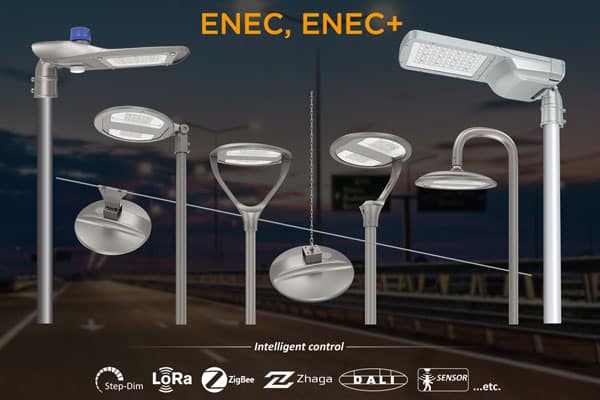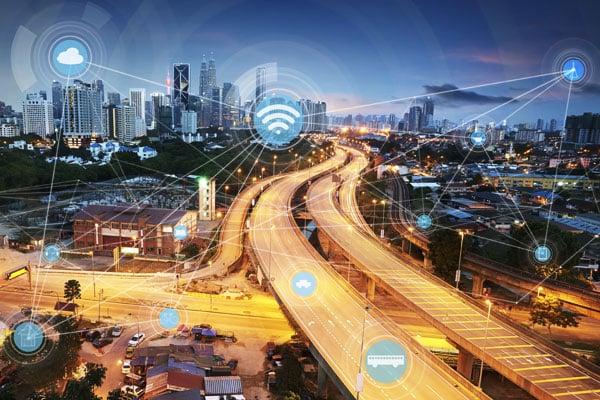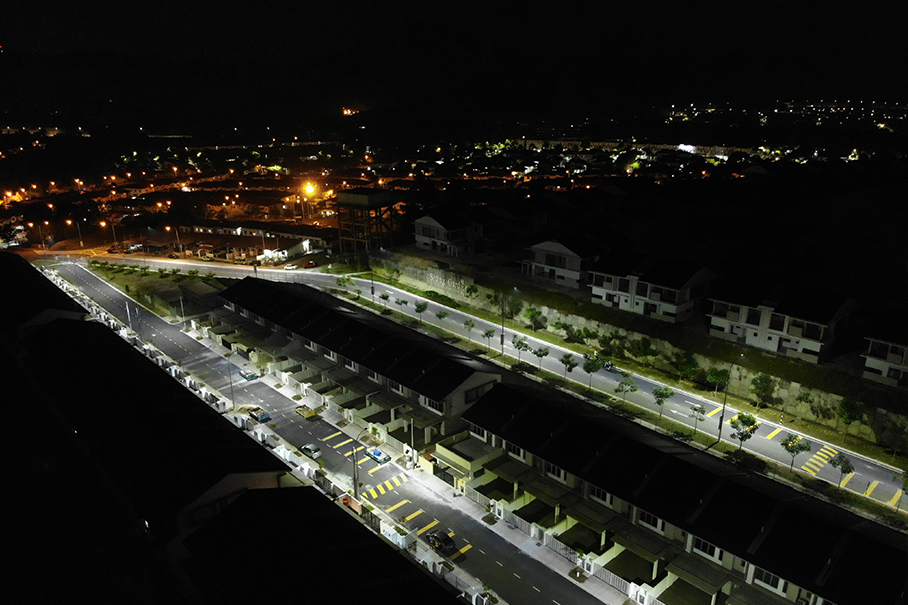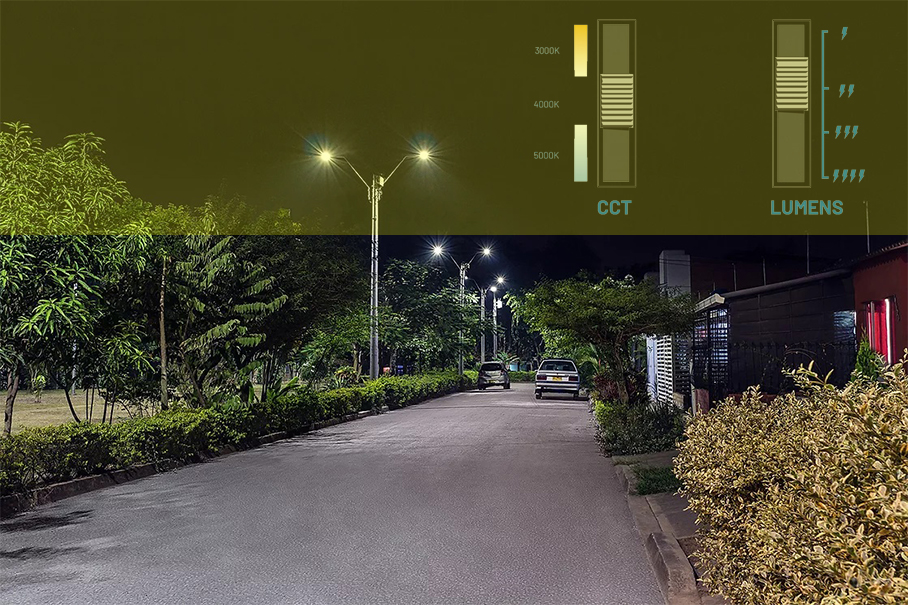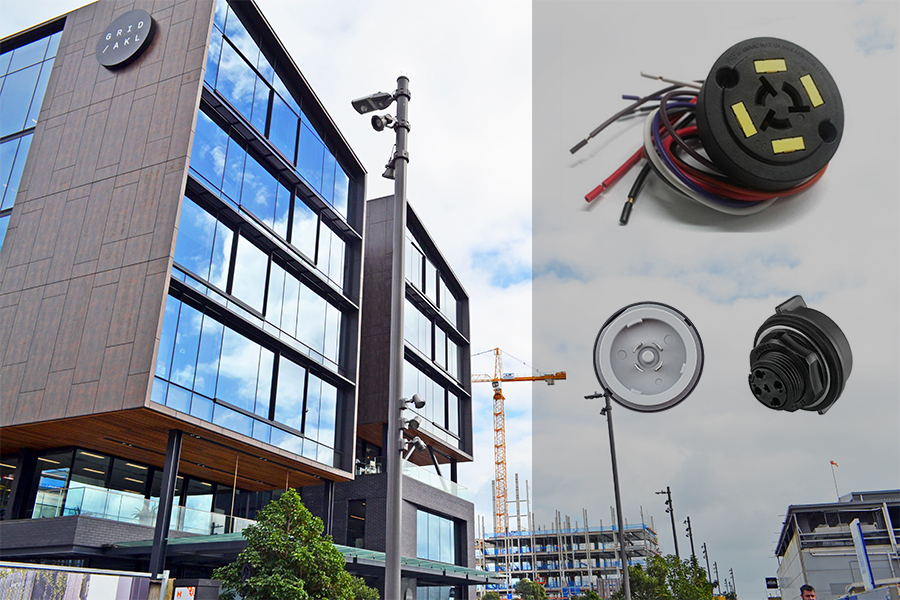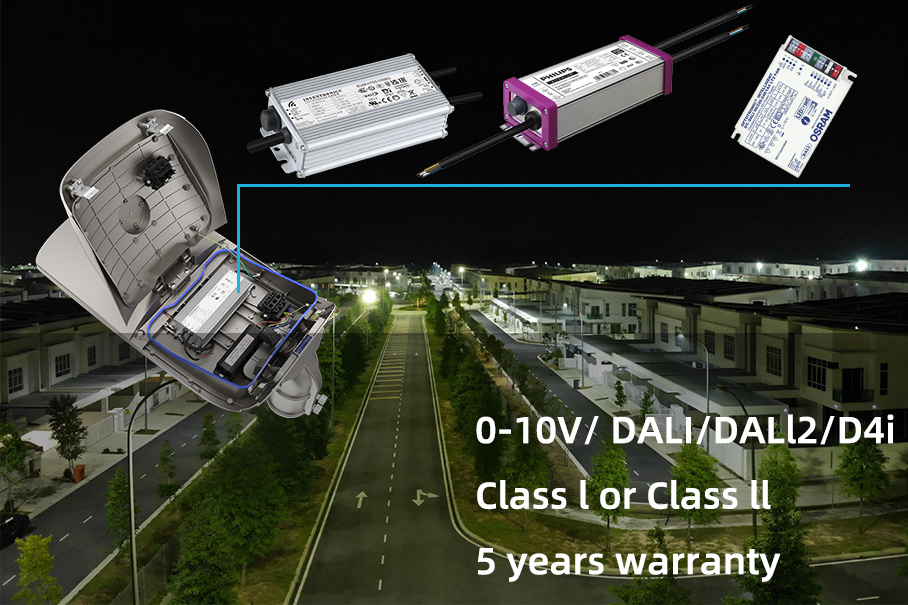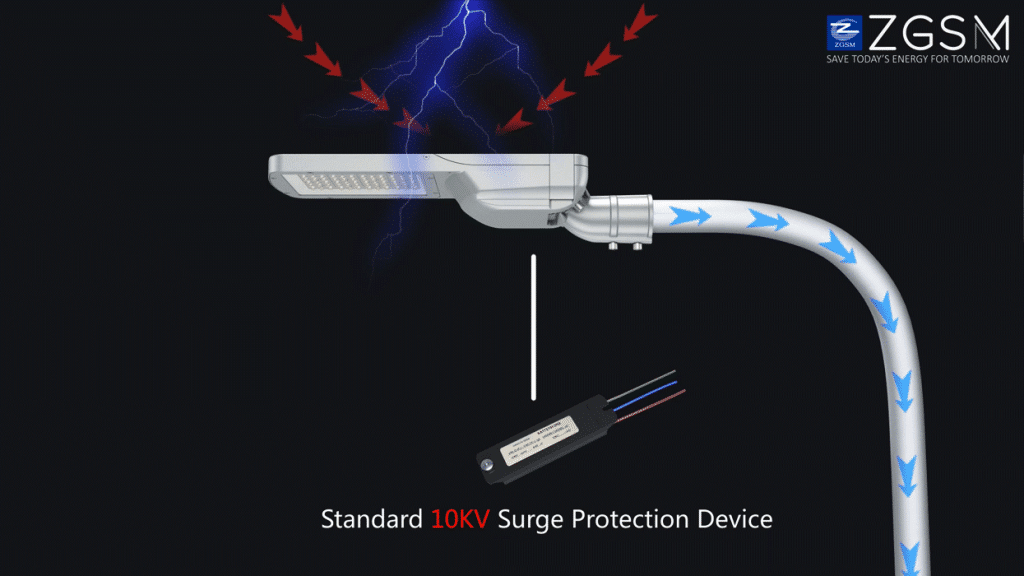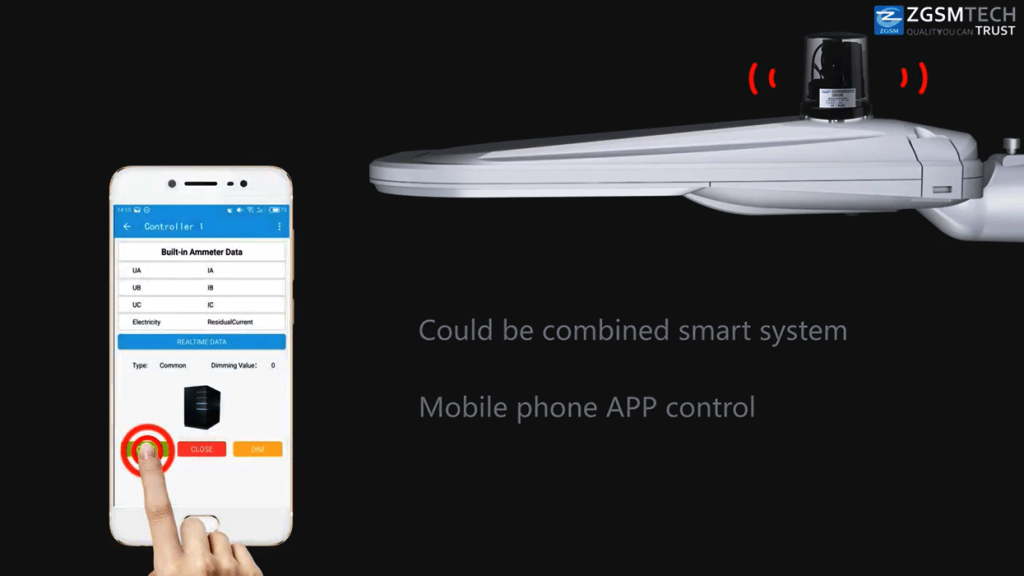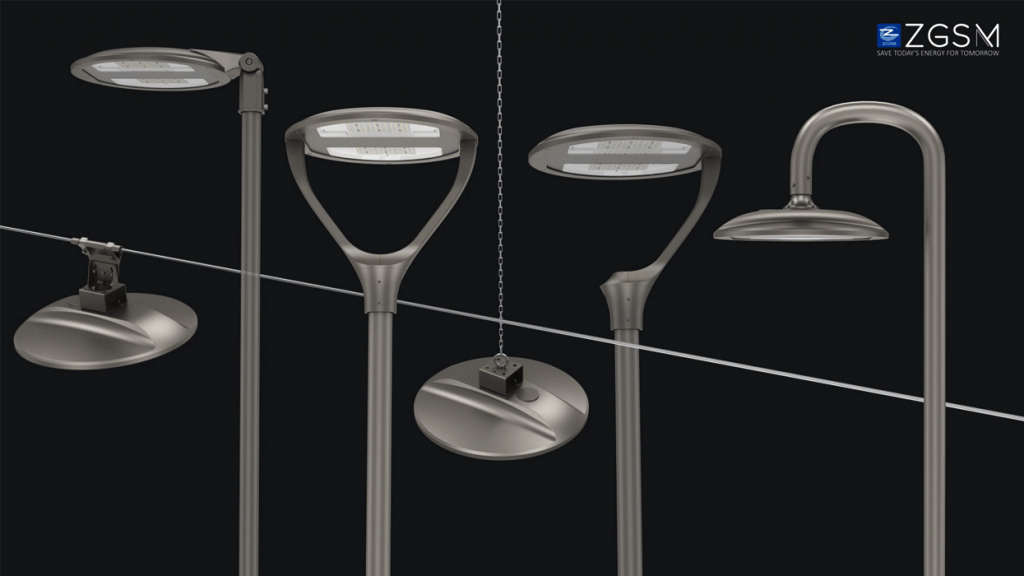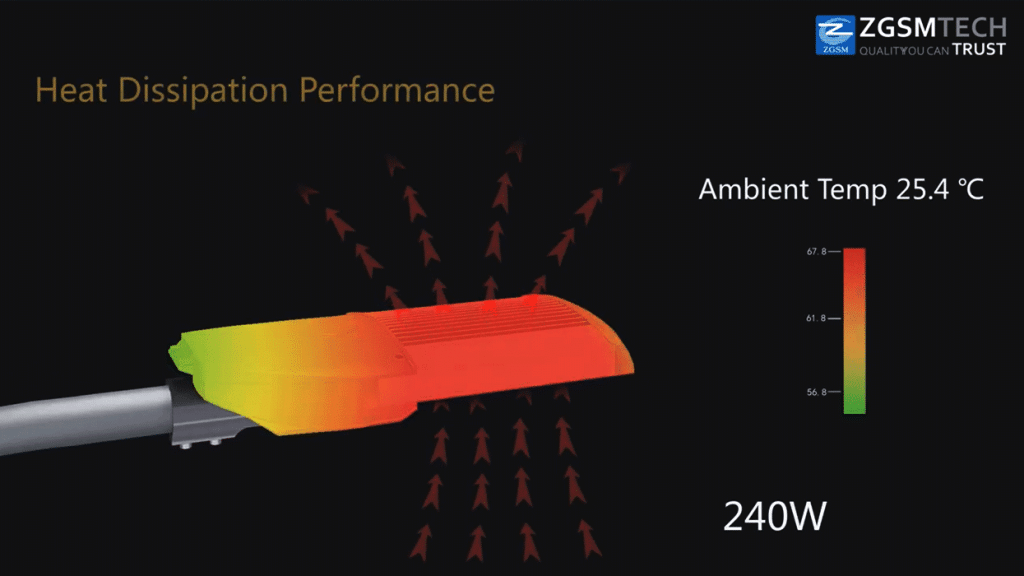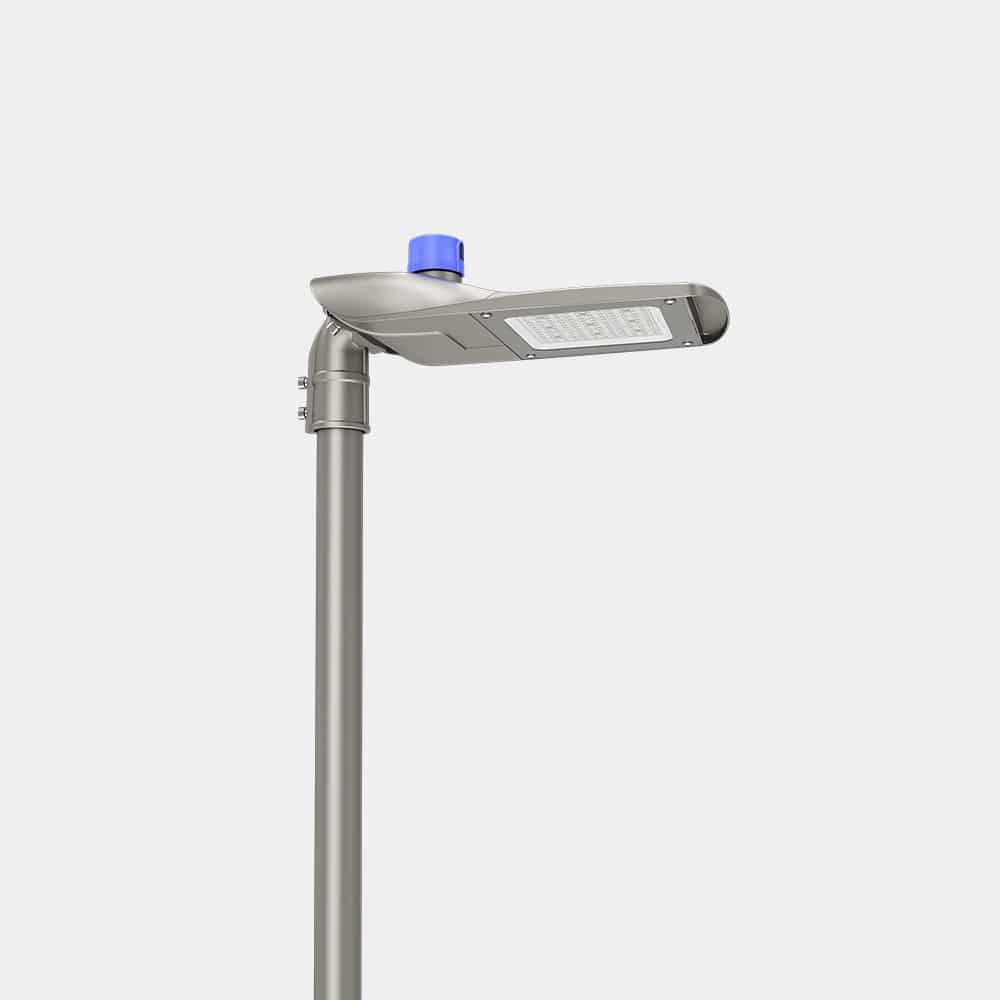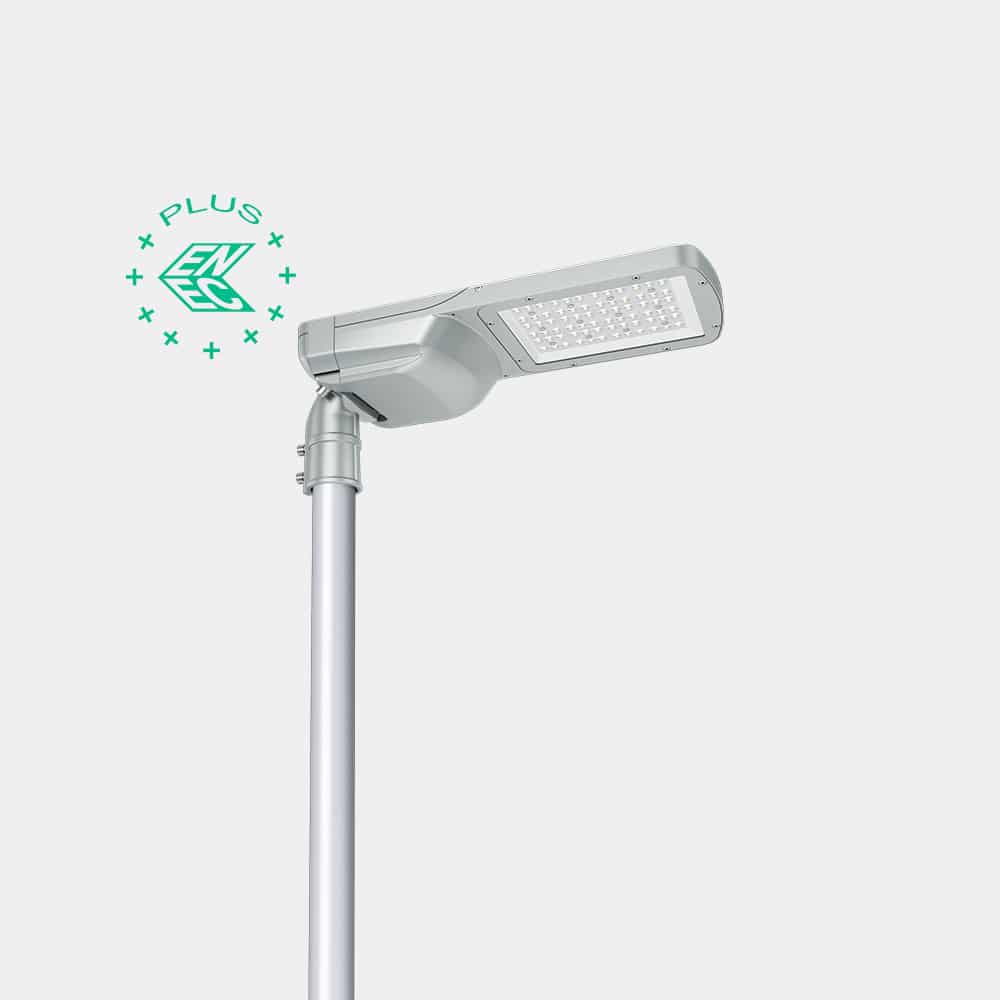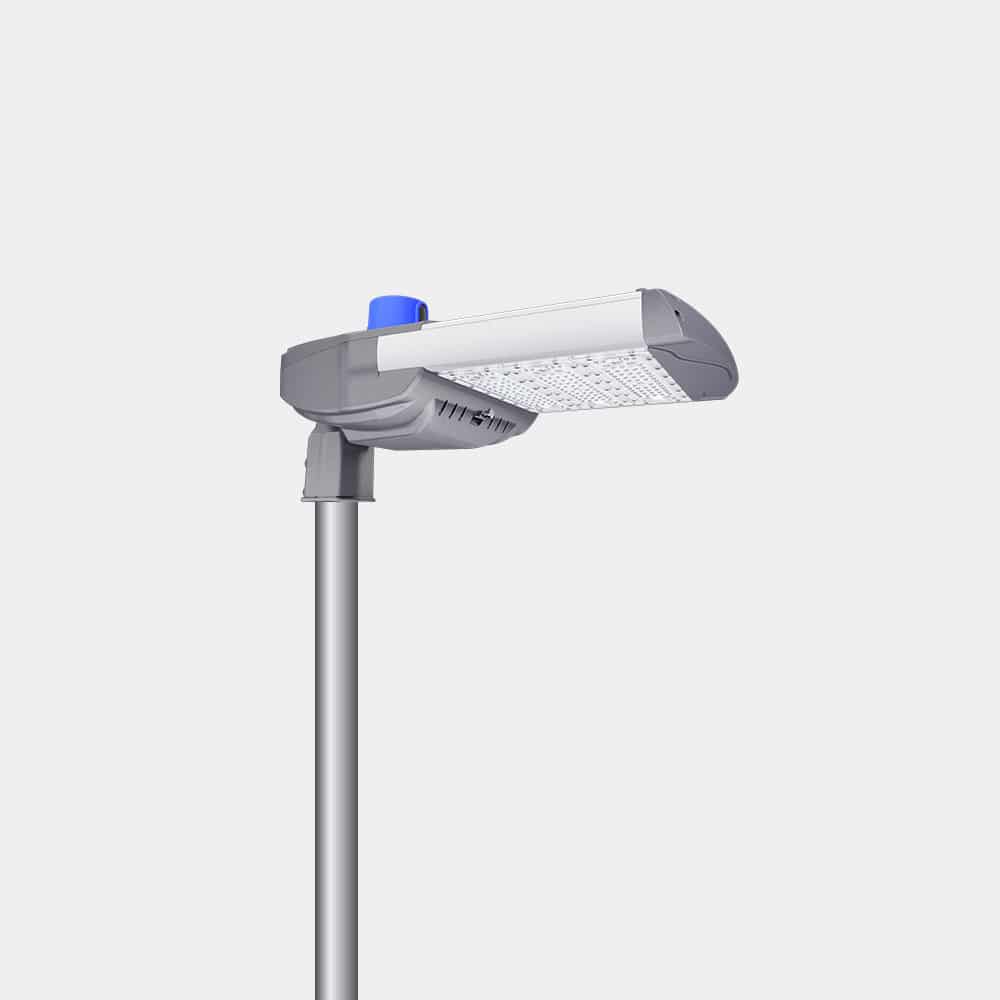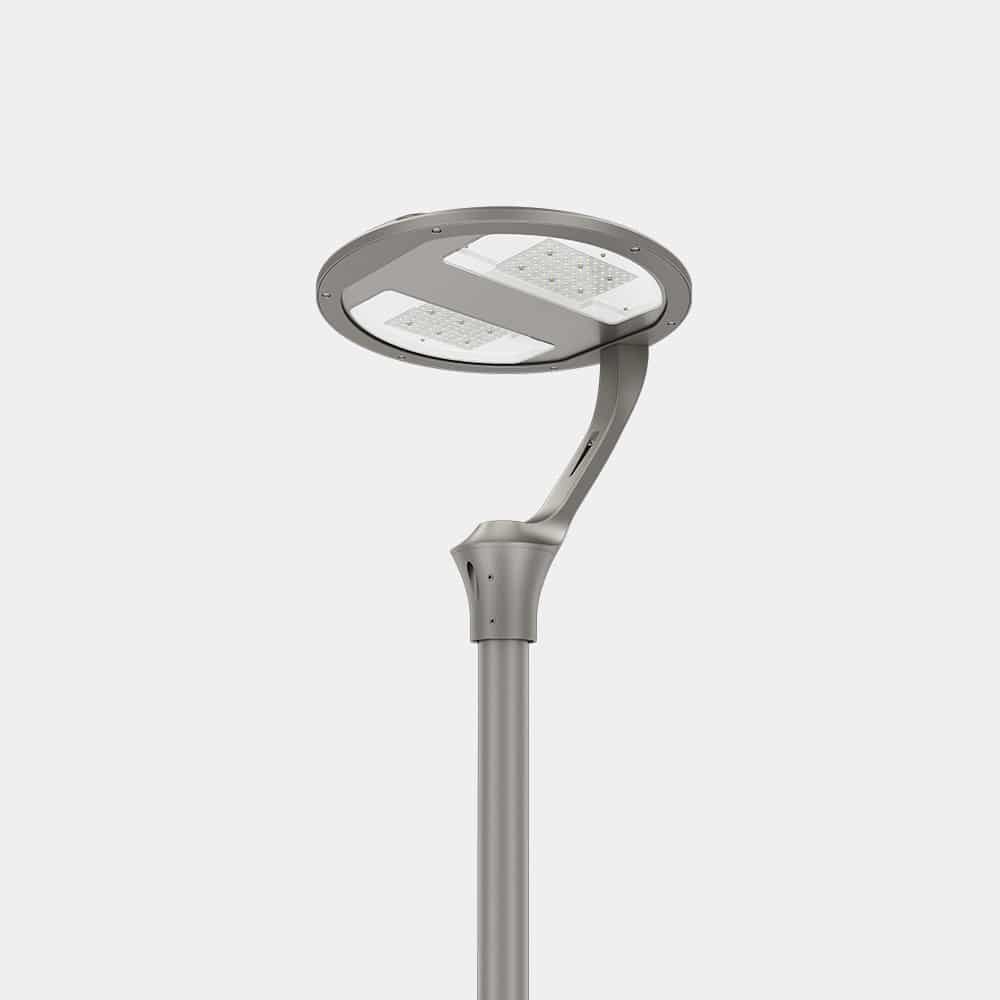Smart street light—the future trend of urban lighting

Sally Liu
What is smart street light?
Smart street lights are network-connected street lighting systems that incorporate outdoor light controllers, IoT devices, and sensors. These intelligent street lights have the ability to automatically adjust their light intensity based on various factors, such as sunset and sunrise times, daily schedules, human presence, traffic flow, and weather conditions. This advanced functionality enables significant energy savings and reduces maintenance costs.
The main elements of street lighting system
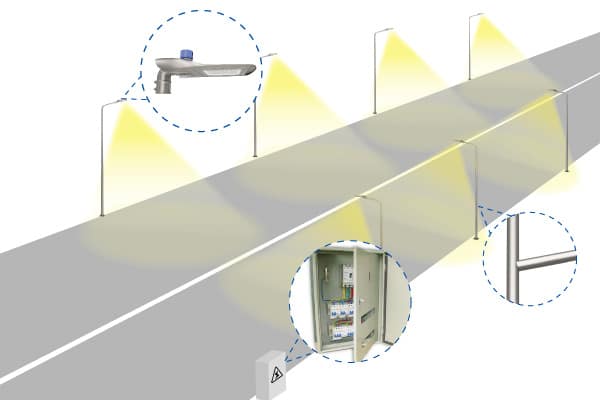
Street Light fixtures
The primary objective of smart street lighting is to enhance the illumination of roadways, sidewalks, and parking spaces to ensure public safety. To achieve specific brightness, illuminance, darkness, uniformity, and glare values, smart lighting systems utilize appropriate technologies such as LED or HID lamps. HID lamps are still widely used globally for illuminating large areas.
Although HID lamps are cheaper to install and replace compared to LED lamps, they are gradually being replaced by LEDs due to their energy inefficiency. HID lamps require a 20-second warm-up period before reaching full power, emit up to 70% less visible light after 10,000 hours of use, and waste about 30% of their energy in the infrared spectrum. Conversely, LED lamps have an extremely long lifetime of over 100,000 hours, can reduce energy costs by up to 60%, have no warm-up period, and offer a payback period of 6 to 18 months.
Light poles
Light poles have been used for centuries to support street lighting sources and have evolved alongside lighting technology. Today, they are also utilized for supporting traffic signals or communication infrastructure. Technological advancements have facilitated the integration of sensors and IoT devices onto street lighting poles, thereby fostering the development of smart cities. The street lighting grid remains powered at all times, including during the day, enabling individual control of lamps and the installation of sensors and actuators for smart city synergies.
Power cabinets
One method of controlling a group of street lights is to activate a timer or photocell through a device located in the control cabinet. Control cabinets play a crucial role in the modernization of existing street lighting infrastructure and should be designed to accommodate energy-efficient technologies like LED lights and intelligent lighting management systems. Updated control cabinets should be capable of receiving light switching signals from modern lighting control centers and can be connected to intelligent sensors and actuators as needed.
Smart control system
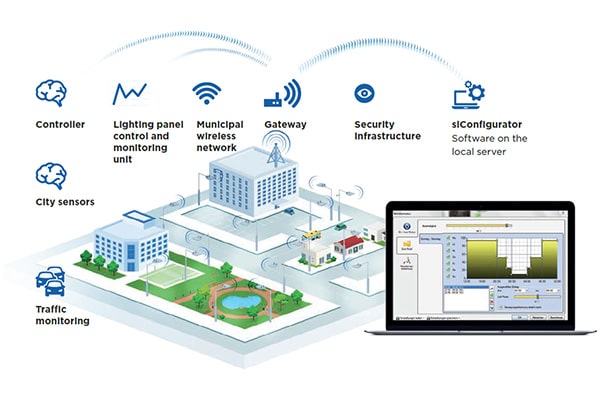
The intelligence of the control system for intelligent street lighting is achieved through lamp control and data collection capabilities. This is made possible by employing segment-level and lamp-level control, facilitated by the cabinet or luminaire controller, respectively.
Segment-level control involves a group of up to 200 streetlights that communicate with the power cabinet for automated on/off control. Feeder posts receive and manage data from the lights, which is then transmitted to a secure server for storage and display on a dashboard. On the other hand, individual lamp control is managed through a fixture controller, allowing for on/off/dimming control or adaptive lighting. The controller can also provide feedback on electrical parameters, real-time fault reporting, and optional sensors for measuring light, motion, temperature, humidity, noise, and more.
By implementing lamp-level control, the lighting grid can remain energized during the day, enabling the installation of other smart city applications like sensors, controllers, CCTV cameras, or communication devices. The main standards for luminaire control include 0-10, DALI1, and DALI2. It is crucial to ensure compatibility between the intelligent lighting controller and the luminaire control system. Additionally, additional sensors can be integrated into the system to deploy special lighting control features or install unrelated sensors. An example of this is adaptive lighting, which requires the integration of a motion sensor on the light pole, typically connected directly to the lighting controller.
Primary Controller Mount Types Available
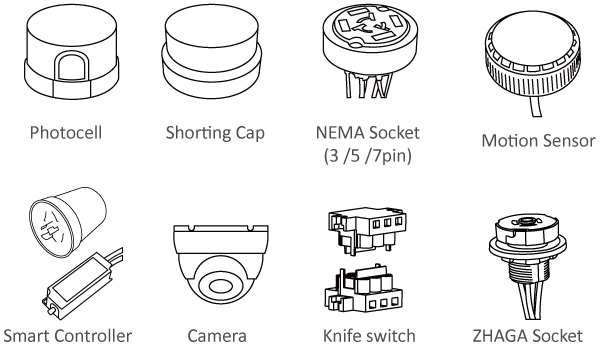
There are several installation methods for implementing smart street lighting, including lighthead sockets, embedded controllers, and pole-mounted controllers.
Lighthead Sockets: The installation of lighthead sockets is the quickest and easiest method for implementing smart street lighting. Most modern lights are equipped with NEMA or Zhaga receptacles, which provide a nearly plug-and-play installation process. NEMA sockets adhere to the ANSI C136.41 standard and are derived from the US socket standard, while Zhaga is a newer, more compact connector developed specifically for ultra-thin LED luminaires.
Embedded Controllers: Embedded controllers are compact units mounted inside the lamp, often integrated into the production line. This method is optimal for preserving the architectural value of the lamp while adding value to the lamp manufacturer.
Pole-mounted Controllers: Pole-mounted controllers are mounted inside or on the pole, providing maximum flexibility for smart streetlight projects. Although installation is more complex and expensive, as they are designed to be weatherproof and often have IP66 rating, they do not require any special connections or lamp types. This makes it possible to retrofit existing street lighting fixtures with minimal visual impact and little to no civil works.
How do smart street lights work?
Smart Street Light utilizes intelligent algorithms and external sensors to automatically adjust the intensity of connected streetlights. The outdoor light controller (OLC is typically installed in conventional or LED streetlights, with its primary function being to communicate command messages such as switching, dimming, scheduling, and maintenance to and from the connected streetlights. The OLC also serves as a bridge between the streetlights and the web-based software of the central management system (CMS), enabling data collection and sharing.
In the current market, streetlight controllers come in four main forms: Nema controllers, Zhaga controllers, luminaire mount controllers, and pole-mounted controllers. Nema and Zhaga-based controllers are the most preferred and widely used due to their seamless compatibility with the ANSI C136.41 and Zhaga D4i standards, respectively. The latter is increasingly being adopted in new smart lighting projects due to its easy plug-and-play installation feature.
Overall, the integration of smart controllers in street lighting systems brings about tremendous benefits such as energy efficiency, cost savings, and improved safety.
Advantages and Future of the smart street light
Smart Street Light offers a practical, sustainable, and cost-effective approach to reducing energy use and associated costs. In addition, they improve the quality of life and civic safety of communities by providing timely maintenance alerts and notifications to lighting operators.
Some significant benefits of smart streetlights include:
– Energy savings of up to 60-80%, exceeding the savings achieved through the conversion to LED streetlights. For example, the smart city of Dortmund, Germany has achieved such savings.
– Complete control of public lighting infrastructure, allowing for better planning, optimization, and management.
– Transformation of reactive maintenance into predictive maintenance through smart alerts and advance notifications, thus reducing operating costs.
– Improved public safety via the provision of high-quality lighting and up-to-date infrastructure management. Adaptive lighting techniques further enhance public safety perceptions.
– Reduced light pollution and protection of local flora and fauna through dimming of streetlights during off-peak hours or motion detection.
– Help combat climate change by reducing energy waste. – Provides the infrastructure for smart cities and interconnectivity with different IoT systems.
FAQ
Related Posts
How to choose the Best LED street light you really need?
8 Types of Extra Mounting Accessories For Outdoor LED Luminaires – Street Light Bracket
Intelligent Street Lighting with ZIGBEE Protocol
Author

Sally Liu
Sales Engineer
Possessing more than 10 years of experience in LED outdoor lighting solutions. English and Spanish language proficiency.
